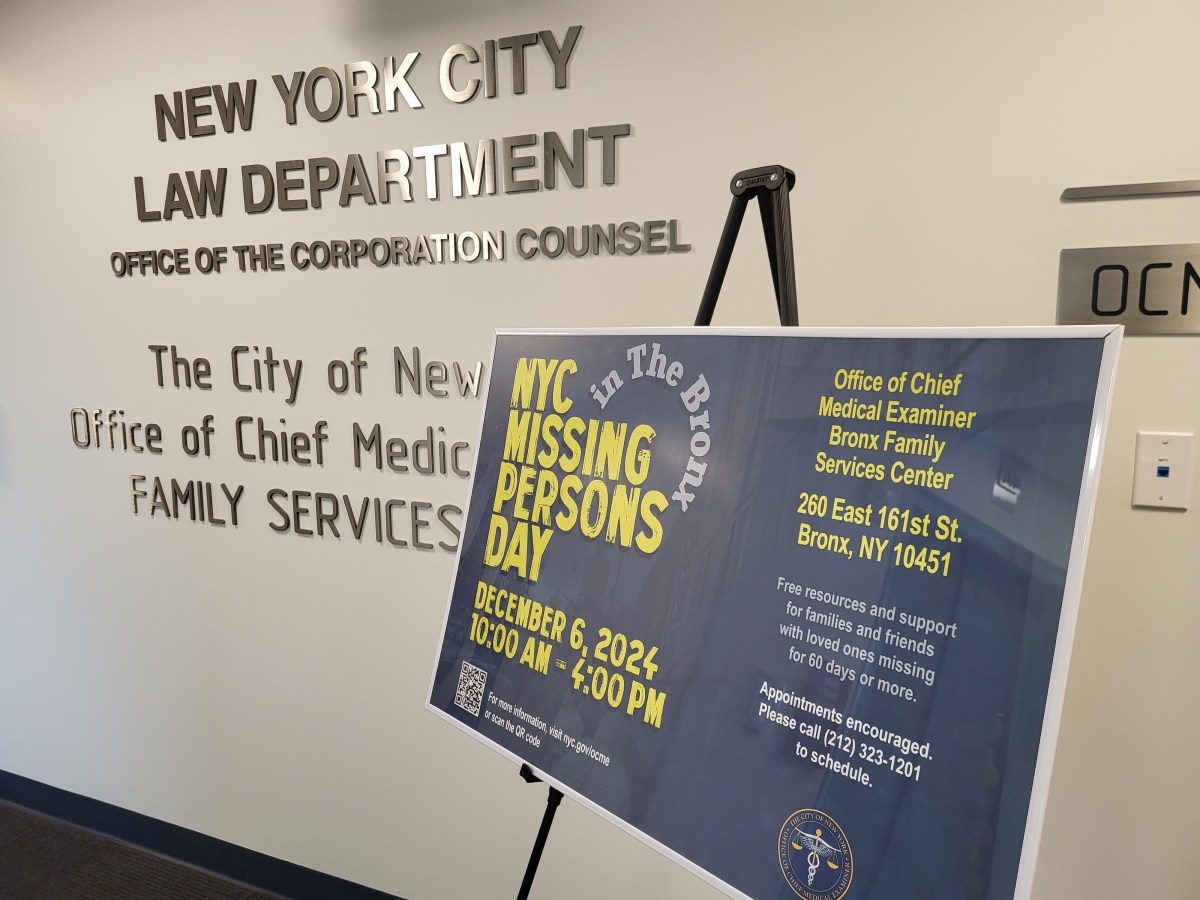Turns out, it is possible to reinvent the wheels.
New experimental bike-share systems are coming to New York this summer. They will hopefully bolster Citi Bike, the 5-year-old initiative taken over by Lyft that has become good transportation and recreation.
The new systems include dockless bikes in underserved areas like the Bronx and Staten Island, where bikes can be located and accessed by app and then locked on the street. Crucially, these pilot programs will widen access to bike-sharing. We hope the companies have learned the lesson of chaotic dockless rollouts in other cities, where bikes ended up in places like people’s backyards. Also worth watching: clogging of busy sidewalks by parked bikes.
Pedal-assist bikes also will hit New York with the new wave. On these bikes, pedaling can activate a small motor and enable higher speeds: 20 mph, for example, for Jump Bikes, one new provider.
Biking steep bridges will be easier. But the fancy city-sanctioned gear for commuters and tourists doesn’t do much for delivery workers who get busted for similar bikes. The immigrant-heavy workforce that delivers takeout does so by bicycle, often using an inexpensive combination throttle and pedal-assist electronic bike to speed the hustle, according to advocates.
The throttles on those bikes can lead to modestly higher speeds than some pedal-assist bikes, and pedaling isn’t necessary. But the biggest difference is in legality. The city bent over backward to clarify its rules allowing pedal-assist bikes, while throttle bikes remain prohibited. Legality on the state level is confusing: Neither type of bike is sanctioned by the state Department of Motor Vehicles. But Mayor Bill de Blasio’s administration disagrees with that interpretation and has gone to bat only for pedal-assist bikes, despite providing no data showing that delivery bikes are more unsafe than the pedal-assist ones.
Even if the law remains unclear, one quick fix would be to at least allow delivery workers to convert combo bikes to pedal-assist and ride at ease. If they’re biking safely, why shouldn’t they get the same laudable freedom of movement that bike sharers will?
































